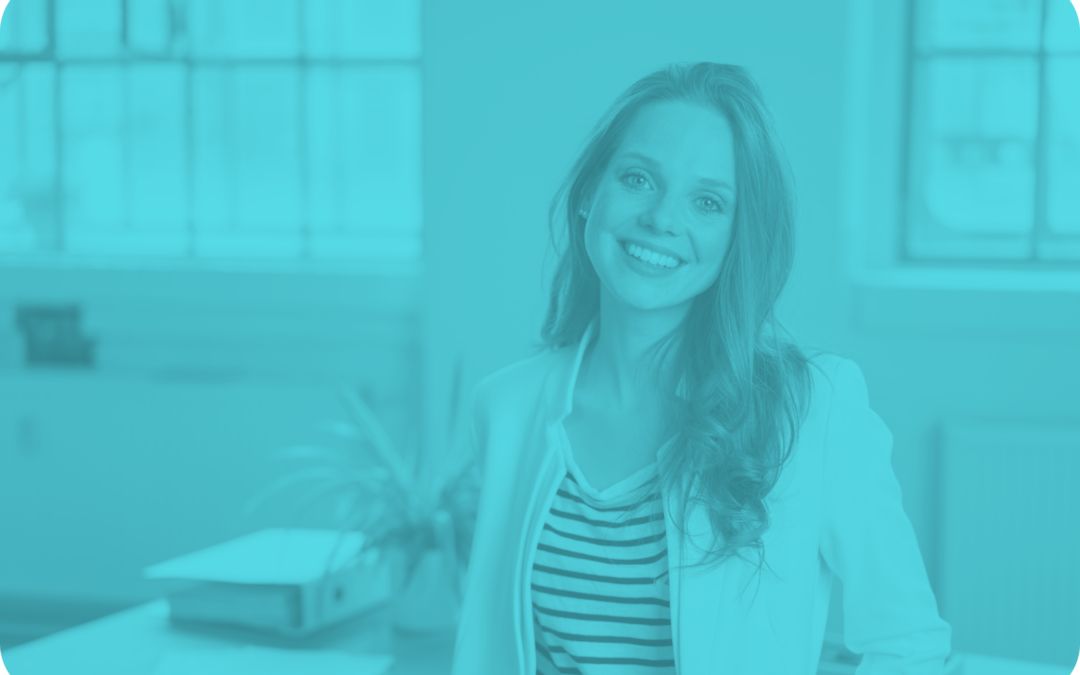I say it all the time: People do what makes sense to them. And yet, I meet with manager after manager who can’t figure out why their employee is behaving so randomly or illogically. It is not unusual for a new client to say to me that they don’t put a lot of stock in assessments like the Myers-Briggs Type Indicator, StrengthsFinder 2.0, DISC. But when they tell me about a challenge they are experiencing with a particular person, that person is behaving in an almost textbook manner for their type. Much of our seemingly random behavior can actually be traced back to natural traits.
What is the DISC Profile?
The DISC Profile reveals typical behavior in a person. When you familiarize yourself with these characteristics, you can begin to understand the people you hire or manage, anticipate their actions and reactions and team together more effectively. If you lead or manage others, this information is a must! Everyone has a characteristic that is highest or most prominent in their behavior–Dominance, influence, Steadiness or Conscientiousness. This characteristic greatly impacts the way a person:
- Is motivated
- Responds to pressure
- Can be negotiated with
- Pairs with others
What Distinguishes the “High D” Team Member
Here is a helpful chart to help you understand the “High D” individuals on your team:  Since High Ds are often naturally suited to leadership positions themselves, they can be tough to lead if you don’t know the right techniques. Let’s break their behavior traits down a bit.
Since High Ds are often naturally suited to leadership positions themselves, they can be tough to lead if you don’t know the right techniques. Let’s break their behavior traits down a bit.
Negotiating with a High D
You need to manage your High D team member in a way that still makes them feel like they are in control and have agency. When you are trying to motivate or negotiate with this type, the quickest way to suffer swift defeat is to start barking direct orders. They will likely refuse to cooperate. Using the “Power Strategy” in negotiations with a High D means that you always let them feel that they are in control. Be receptive to their ideas, gently guiding them through giving a listening ear and asking good questions. Mild suggestions and hints will be your most effective negotiating tool.
How the High D Responds to Pressure
If you apply pressure, don’t be shocked when they counter with absolute control. Even if you have been assigned the role of manager, they may naturally compete for control or leadership in response to you. It is best to not directly apply pressure to the High D on your team. Their pressure comes from within, as another important “D” in their personality is “Drive.” Your job as their manager is not to apply pressure externally, but gently guide the innate drive that already resides within them and encourage it in the right direction.
Working with a High D
If you plan to pair this person up with someone else, you will be wise to consider what that partnership will require from you in order to be successful. For example, if you pair your High D individual with another High D to accomplish a project, make sure they’re on the same page and have clearly defined domains of authority. Otherwise, they’ll step on each other’s toes rather than fuel one another to reach the common goal. Be cautious when pairing a High D with a High I because they are both very success-driven but in different ways. As with two High Ds working together, make sure these two have very clearly-defined roles and responsibilities. A High D can partner very well with a High S and achieve productive, powerful results for your business, but they have to respect one another’s abilities, realize their differences and be committed to understanding one another. The High D/High C partnership can be one of the most effective for your business. These two personality types are rarely close friends, but the combination of controlled determination and careful analysis can yield excellent results in whatever project they are assigned.
Managing Your High D Employee
All hiring managers and supervisors would do well to understand the main characteristics of your High D employees. Understanding these principles and applying them can save you many headaches down the road. Need help identifying and understanding the main characteristics of your employees? Learn how the Talent Insights MAP can help!
Hire Better and
Manage Smarter
We combine 3 proven, established assessments into one, giving you the most comprehensive view of a person.
Are you seeking an assessment for personal use? Click Here
